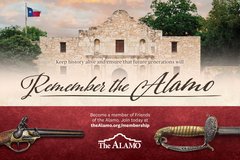These artifacts were recovered from the excavations in the Long Barrack. This assortment of shell buttons were made from bivalves, such as oyster and freshwater mussel.
The most common type of shell buttons have two holes, but ones with four holes have been encountered at other historic sites. These would have been used throughout the 19th century, with machine-cut versions replacing the handmade shell buttons circa 1850.
During the use of the Long Barrack as a mercantile store during the late 1800s, it would have been likely that these shell buttons would have been sold.



